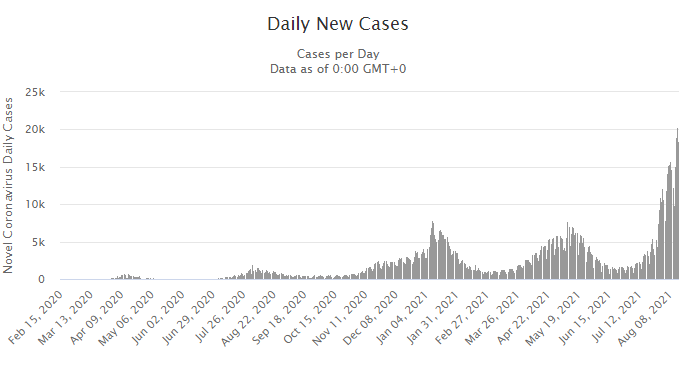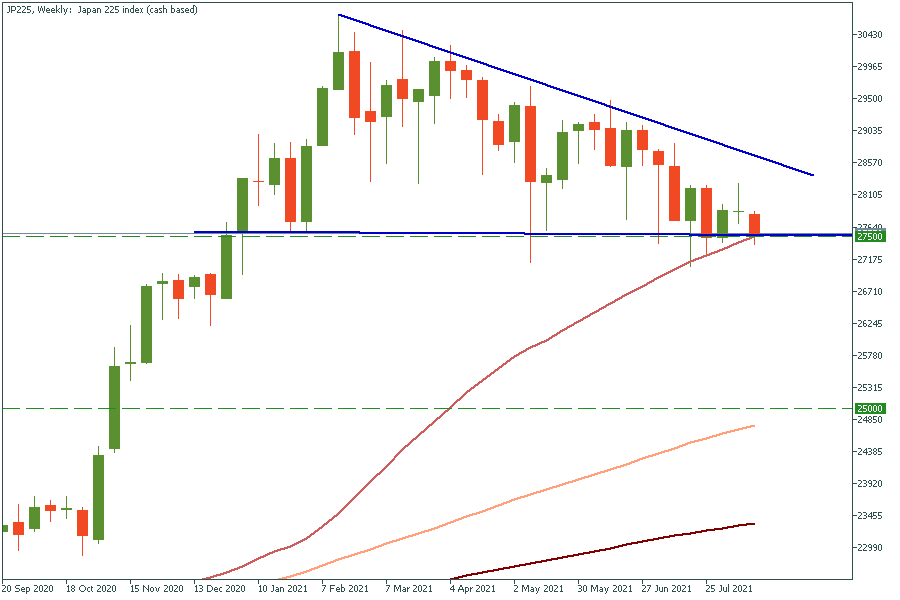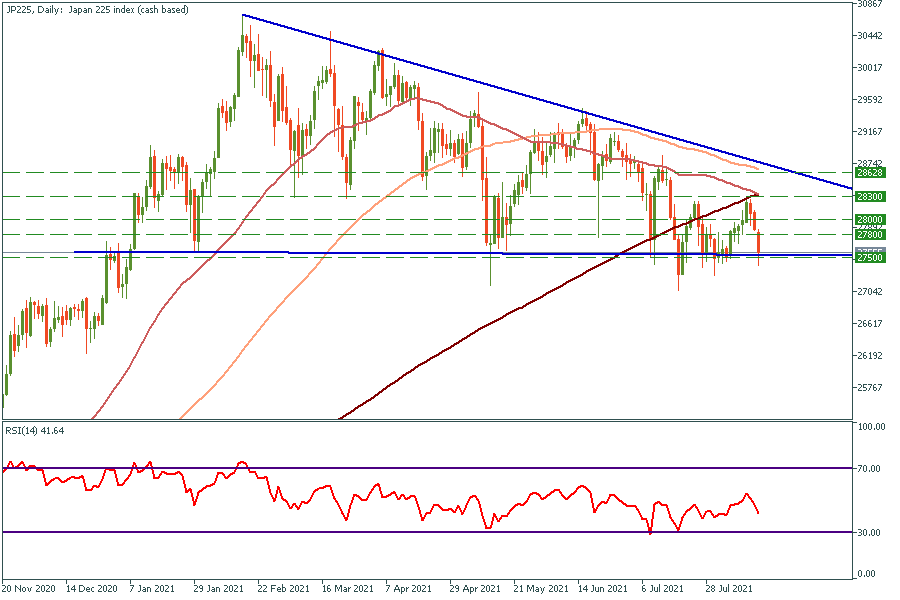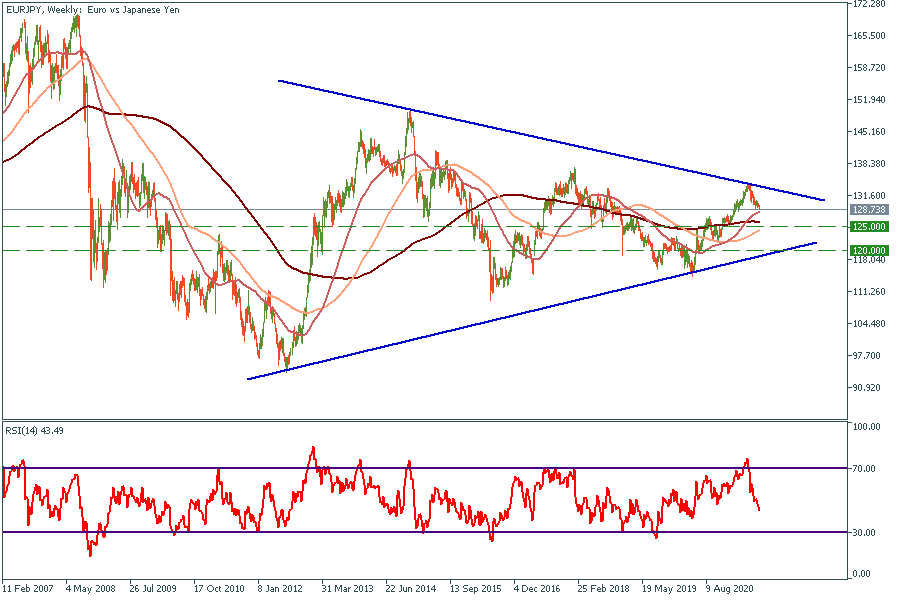
I know we've had quite an amazing run these past few month, with over 78% accuracy in our trade ideas and sentiments, and thousands of pips in profits monthly...

Don’t waste your time – keep track of how NFP affects the US dollar!
Data Collection Notice
We maintain a record of your data to run this website. By clicking the button, you agree to our Privacy Policy.

Beginner Forex Book
Your ultimate guide through the world of trading.
Check Your Inbox!
In our email, you will find the Forex 101 book. Just tap the button to get it!
Risk warning: ᏟᖴᎠs are complex instruments and come with a high risk of losing money rapidly due to leverage.
71.43% of retail investor accounts lose money when trading ᏟᖴᎠs with this provider.
You should consider whether you understand how ᏟᖴᎠs work and whether you can afford to take the high risk of losing your money.
Information is not investment advice
Japanese shares fell on Monday. Investors are concerned about slow economic growth due to the highly contagious Delta variant of COVID-19. The Nikkei (JP225) closed 1.6% lower at 27.500. It is the biggest drop since July 30. These factors led to the yen strengthening as the Japanese national currency usually demonstrates an inverse correlation with the stock market.
Japan is still far behind the US and Europe in taking measures against COVID-19. Analysts and experts warn that it can potentially lead to an economic growth slowdown. Tokyo is already under a state of emergency, the fourth so far in the pandemic, though some experts believe it should be expanded to cover the whole country as the number of new infections remains at a record level. The number of daily cases hit 20.000.

Afghan government’s collapse also shocked Asian stock markets as it can impact negatively in long term-period. Some experts claim the market will try not to pay attention to this geopolitical situation, while others believe that the worst awaits ahead.
Let’s look at the charts and find out how Japan’s stock market will behave in the nearest future and how it will affect the national currency.
JP225, weekly chart

On the weekly chart, the price has formed a descending triangle, which is a bearish pattern with the target at 25.000. If the price breaks and sticks under the support line (which is 27.500), it will go down to 25.000.
JP225, daily chart

On the other hand, locally, it is noticeable that during the past month price and RSI minimums have been getting higher. It means that in the short-term Japanese stock market is attractive for investors. For now, it is a good opportunity for a long trade with an entry point at the 27.500-27.600 range. In this case, the targets will be 27.800 (the 100-period moving average), 28.000 (the 200-period moving average), 28.300 (the 200-day moving average).
EUR/JPY, Weekly chart

On the weekly chart, the price has formed a symmetrical triangle. According to our suggestion about the Japanese stock market's weak future and its inverse correlation with the national currency strength, we assume that EUR/JPY might head at least towards the triangle’s median, which is 125. In this case, every pullback might be a good chance to find an entry point for EUR/JPY short trade.
EUR/JPY, 4H chart

Locally, it came to the strong support level at 128,5. According to the RSI, the currency pair is oversold, that’s why we expect a pullback to the 129,2-129,5 range.

I know we've had quite an amazing run these past few month, with over 78% accuracy in our trade ideas and sentiments, and thousands of pips in profits monthly...

Futures for Canada's main stock index rose on Monday, following positive global markets and gains in crude oil prices. First Citizens BancShares Inc's announcement of purchasing the loans and deposits of failed Silicon Valley Bank also boosted investor confidence in the global financial system...

Investor confidence in the global financial system has been shaken by the collapse of Silicon Valley Bank and Credit Suisse. As a result, many are turning to bearer assets, such as gold and bitcoin, to store value outside of the system without...

eurusd-is-falling-what-to-expect-from-the-future-price-movement

Greetings, fellow forex traders! Exciting news for those with an eye on the Australian market - the upcoming interest rate decision could be good news for Aussies looking to refinance or take out new loans. The Mortgage and Finance Association Australia CEO, Anja Pannek, has...

Hold onto your hats, folks! The Japanese yen took a nosedive after the Bank of Japan (BOJ) left its ultra-loose policy settings unchanged, including its closely watched yield curve control (YCC) policy. But wait, there's more! The BOJ also removed its forward guidance, which had previously pledged to keep interest rates at current or lower levels. So, what's the scoop? Market expectations had been subdued going into the meeting, but some were still hoping for tweaks to the forward guidance to prepare for an eventual exit from the bank's massive stimulus
Your request is accepted.
We will call you at the time interval that you chose
Next callback request for this phone number will be available in 00:30:00
If you have an urgent issue please contact us via
Live chat
Internal error. Please try again later